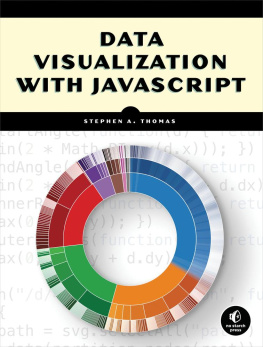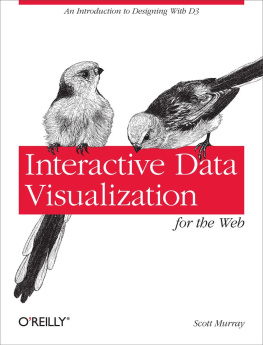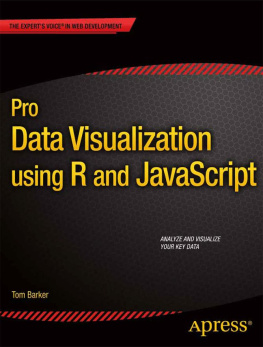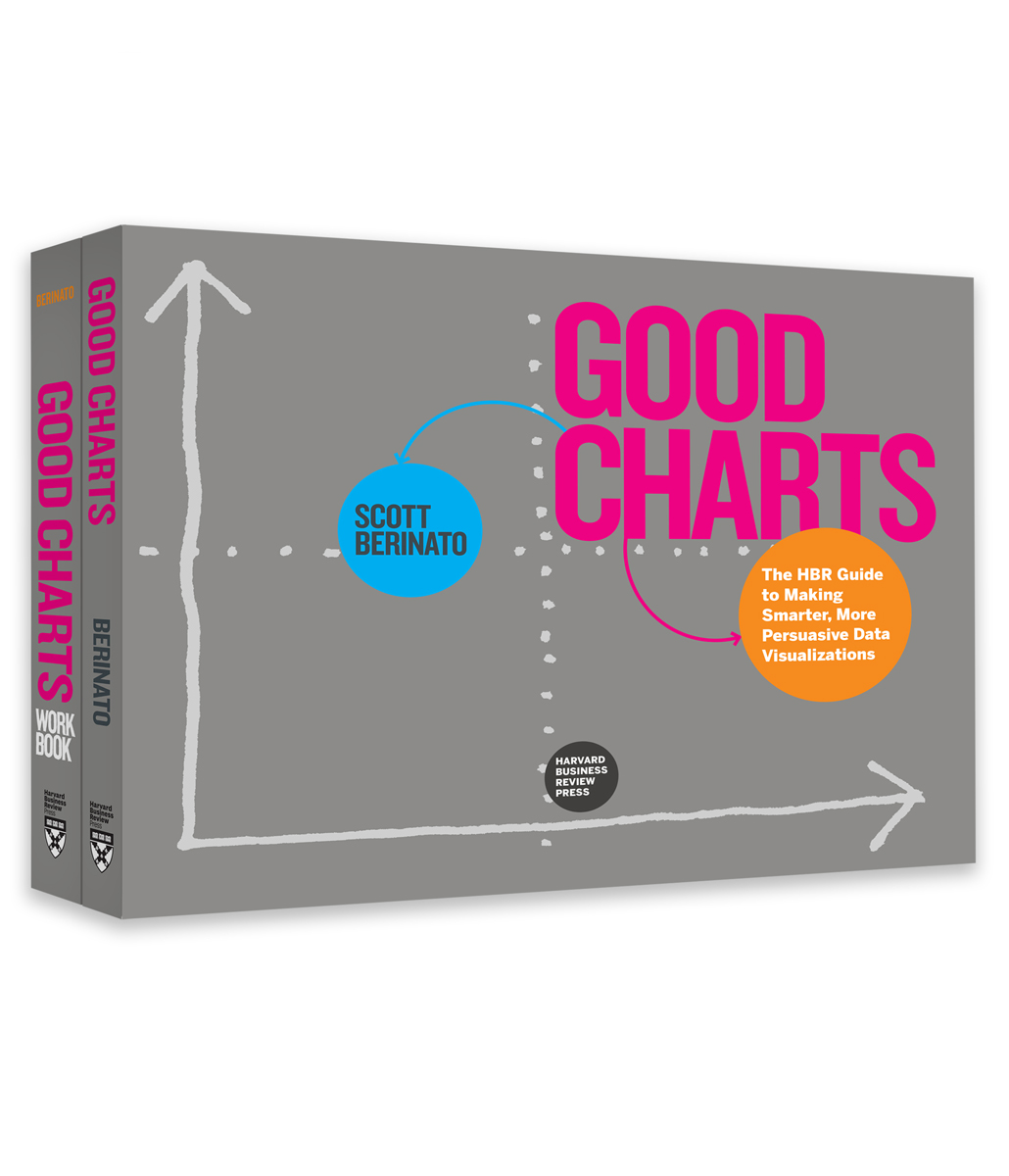Contents
CONTENTS

GOOD
CHARTS
HBR Press Quantity Sales Discounts
Harvard Business Review Press titles are available at significant quantity discounts. Special editions, including books with corporate logos, customized covers, and letters from the company or CEO printed in the front matter, as well as excerpts of existing books, can also be created in large quantities for special needs.
For details and discount information for both print and ebook formats, contact , tel. 800-988-0886, or www.hbr.org/bulksales.
Copyright 2016 Harvard Business School Publishing Corporation
All rights reserved
No part of this publication may be reproduced, stored in or introduced into a retrieval system, or transmitted, in any form, or by any means (electronic, mechanical, photocopying, recording, or otherwise), without the prior permission of the publisher. Requests for permission should be directed to , or mailed to Permissions, Harvard Business School Publishing, 60 Harvard Way, Boston, Massachusetts 02163.
The web addresses referenced in this book were live and correct at the time of the books publication but may be subject to change.
Library of Congress Cataloging-in-Publication Data
Names: Berinato, Scott, author.
Title: Good charts : the HBR guide to making smarter, more persuasive data visualizations / by Scott Berinato.
Description: Boston, Massachusetts : Harvard Business Review Press, [2016]
Identifiers: LCCN 2015046676 (print) | LCCN 2016002607 (ebook) | ISBN 9781633690707 (paperback) | ISBN 9781633690714 ( )
Subjects: LCSH: Business presentationsCharts, diagrams, etc. | Visual communication. | Communication in management. | BISAC: BUSINESS & ECONOMICS / Business Communication / Meetings & Presentations. | BUSINESS & ECONOMICS / Business Communication / General. | BUSINESS & ECONOMICS / Strategic Planning.
Classification: LCC HF5718.22 .B475 2016 (print) | LCC HF5718.22 (ebook) | DDC 658.4/52dc23
LC record available at http://lccn.loc.gov/2015046676
ISBN: 978-1-63369-070-7
eISBN: 978-1-63369-071-4
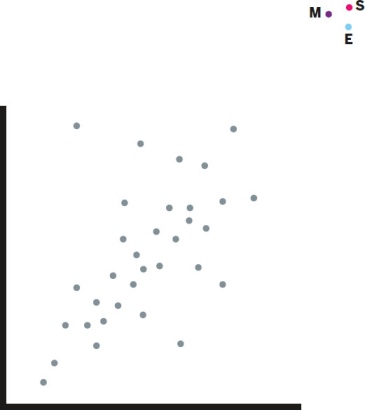
CONTENTS
INTRODUCTION
A NEW LANGUAGE AND A NECESSARY CRAFT
... for there is nothing either good or bad, but thinking makes it so.
Shakespeare
IN A WORLD governed by data, in knowledge economies where ideas are currency, visualization has emerged as our shared language. Charts, graphs, maps, diagramseven animated GIFs and emojisall transcend text, spoken languages, and cultures to help people understand one another and connect. This visual language is used everywhere in the world, every day.
Dashboard maps in cars help commuters avoid the thick red lines of heavy traffic and find the kelly green routes where traffic is light. Weather apps use iconography and rolling trend lines to make forecasts accessible at a glance. Fitness-tracking apps default to simple charts that show steps taken, sleep patterns, eating habits, and more. Utility company bills include charts so consumers can see how their energy use compares with their neighbors. Newspapers, magazines, and websites all use visualization to attract audiences and tell complex stories. The social web teems with data visualizationssome practical, some terrible, some rich with insight, some simply fun to look atall vying to go viral. Sports broadcasts superimpose visual data on live action, from first-down lines on a football field to more sophisticated pitch-sequence diagrams and spray charts that show a baseballs trajectory and expose pitching and hitting trends.

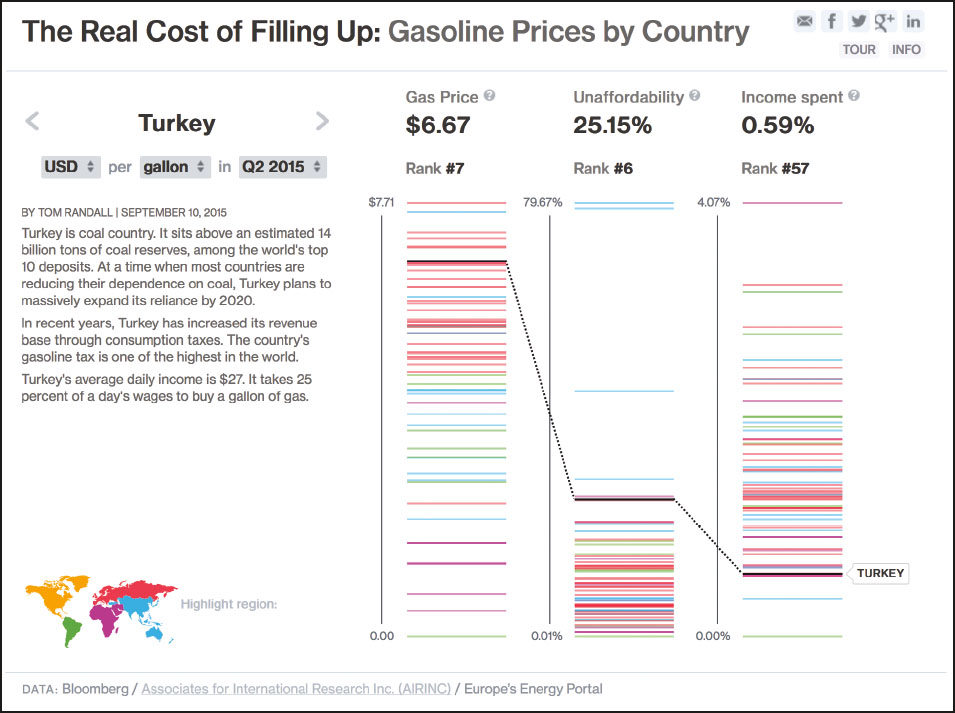
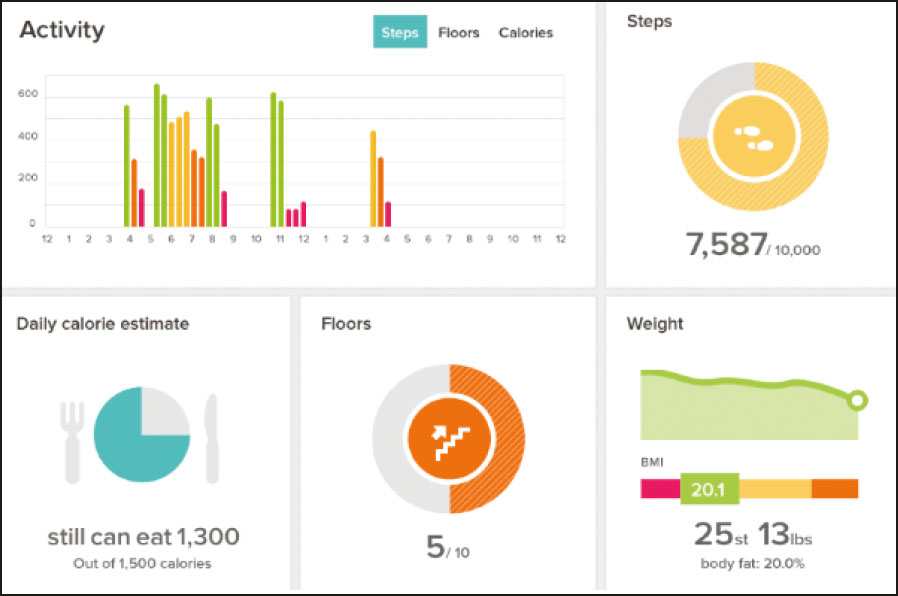
Data visualization is everywhere, from live sports to the news to fitness apps.
You may not notice all the ways in which dataviz has seeped into your daily life, but you have come to expect it. Even if you think you cant speak this language, you hear it and understand it every day.
Its time to learn to speak it, too. Just as the consumerization of technology adoption and the widespread use of social media changed business, the ubiquity of dataviz in our lives is driving demand for good charts in unit meetings, sales presentations, customer research reports, performance reviews, entrepreneurs pitches, and all the way up to the boardroom. Increasingly, when an executive sees a line chart thats been spit out of Excel and pasted into a presentation, she wonders why it doesnt look more like the simple, beautiful charts on her fitness-tracker app. When a manager spends time trying to parse pie charts and donut charts and multiple trend lines on a company dashboard, he wonders why they dont look as nice or feel as easily understood as his weather app.
BUSINESSS NEW LINGUA FRANCA
Speaking this new language requires us to adopt a new way of thinking visual thinking that is evolving quickly in business. Making good charts isnt a special or a nice-to-have skill anymore; its a must-have skill. If all you ever do is click a button in Excel or Google Charts to generate a basic chart from some data set, you can be sure that some of your colleagues are doing more and getting noticed for it. No company today would hire a manager who cant negotiate the basics of a spreadsheet; no company tomorrow will hire one who cant think visually and produce good charts.
Dataviz has become an imperative for competitive companies. Those that dont have a critical mass of managers capable of thinking visually will lag behind the ones that do. Vincent Lebunetel is the vice president of innovation at Carlson Wagonlit Travel, which invests in hiring and training information designers. He says that business managers and leaders who cant create clear visualizations are just less valuable: If youre not able to make your message simple and accessible, you probably dont own your topic well enough. And visualization is probably the best way to help people grasp information efficiently.
After a group at Accenture Technology Labs produced visualizations of NBA team shooting patterns that went viral, its consultants started asking the group for help producing charts that would produce a similar visceral reaction in their own clients. So Accenture built an online and in-person visual literacy curriculum for them. The VLC has been so effective internally that Accenture is making the curriculum a client service and developing a visualization career track for its consultants.
Daryl Morey, the general manager of the NBAs Houston Rockets, puts it plainly: Everyone in our business knows they need to visualize data, but its easy to do it poorly. We invest in it. Were excited if we can use it right while they use it wrong.
So whats right, and whats wrong?
WHATS A GOOD CHART?
The rise of visualization has generated numerous opinions about how to do it rightand harsh judgment of charts that get it wrong. Missing from most attempts to establish rules are an overarching view of what it means to think visually and a framework and repeatable process for constructing good charts.

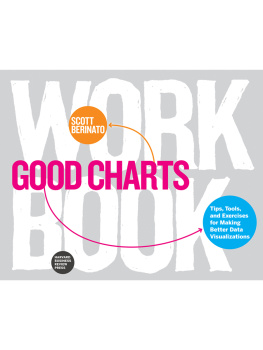
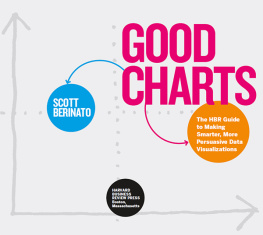
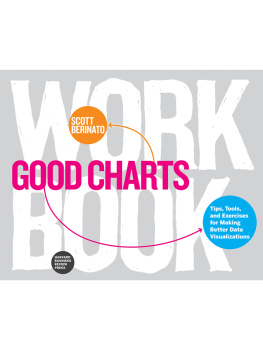

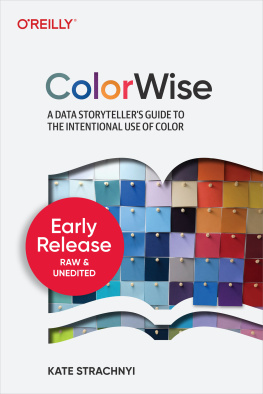
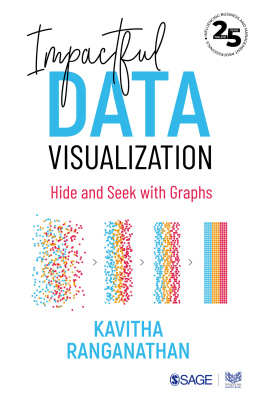

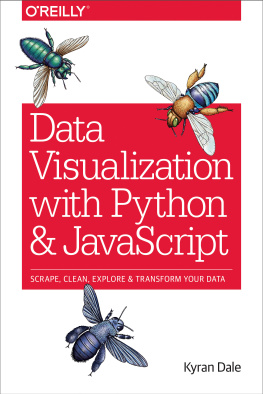
![Scott Murray [Scott Murray] - Interactive Data Visualization for the Web, 2nd Edition](/uploads/posts/book/120518/thumbs/scott-murray-scott-murray-interactive-data.jpg)
